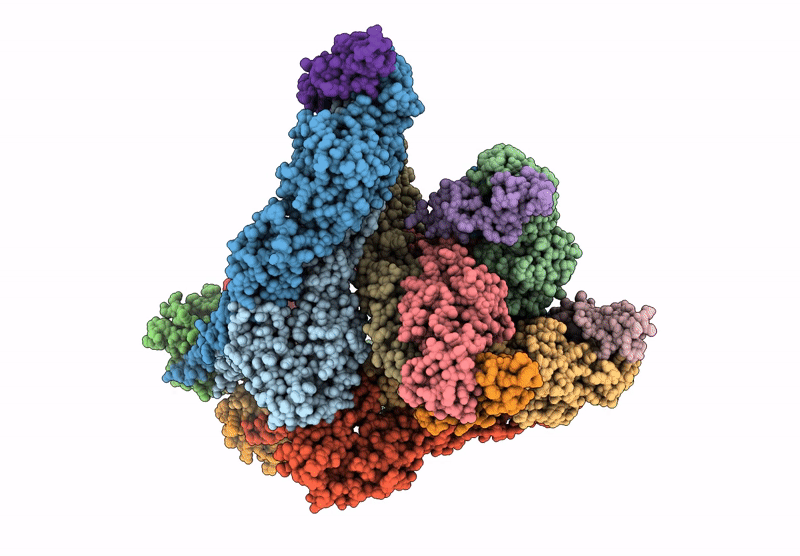
Deposition Date
2024-11-09
Release Date
2025-04-23
Last Version Date
2025-09-10
Entry Detail
Biological Source:
Source Organism:
Western equine encephalitis virus (Taxon ID: 11039)
Homo sapiens (Taxon ID: 9606)
Homo sapiens (Taxon ID: 9606)
Host Organism:
Method Details:
Experimental Method:
Resolution:
3.96 Å
Aggregation State:
PARTICLE
Reconstruction Method:
SINGLE PARTICLE


